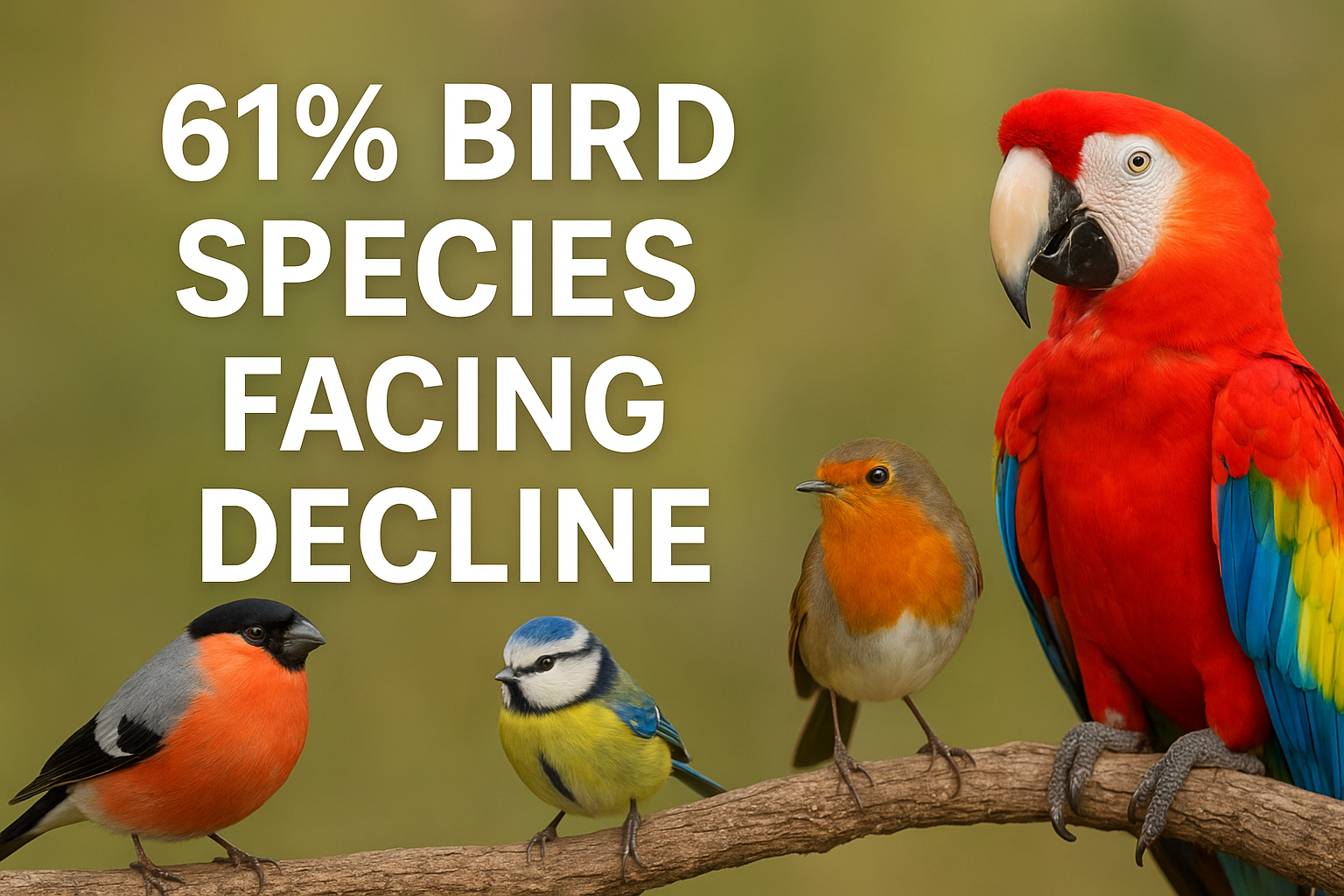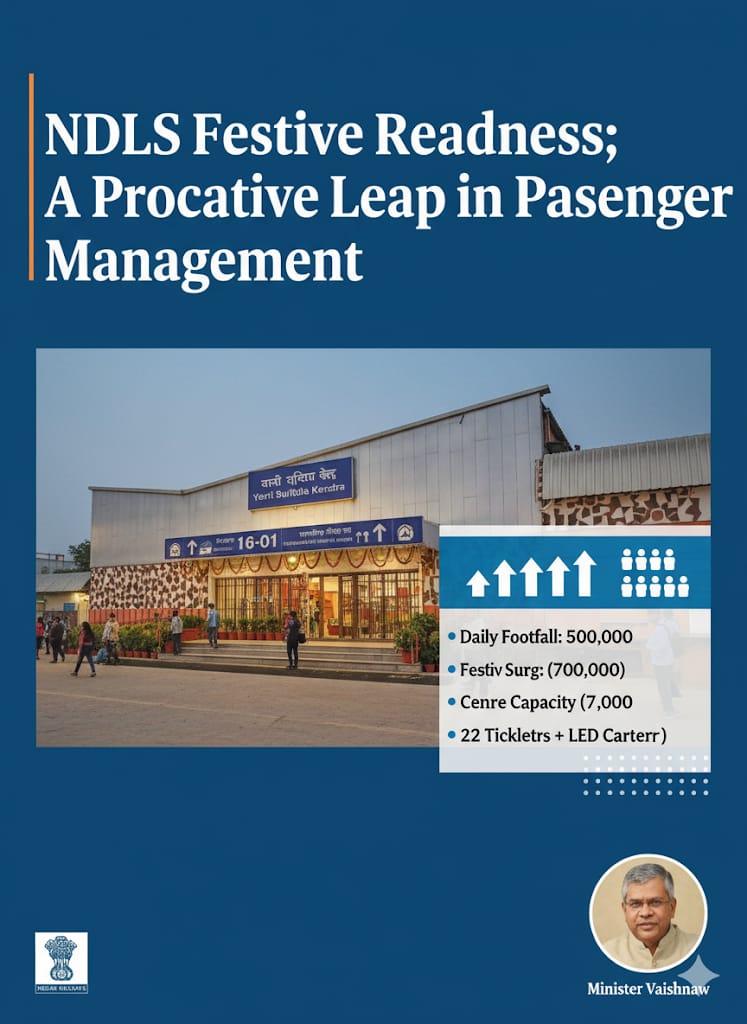
In a major conservation effort, wildlife officials in Rajasthan have introduced a new plan to protect and increase the population of the critically endangered Great Indian Bustard (GIB). The strategy, developed in collaboration with scientists and wildlife experts, focuses on allowing the birds to hatch and grow naturally in the wild using a sensitive and science-backed approach.
The Great Indian Bustard is a tall, large bird that mostly lives in the deserts of Rajasthan, especially in the Desert National Park (DNP). Unfortunately, their population has fallen to less than 200 in the wild, making their survival a major concern. Experts say the decline is mainly due to human interference, habitat destruction, and environmental threats like power lines.
To tackle this crisis, a new method has been started in the Desert National Park, where the GIB population is closely monitored. The Wildlife Institute of India (WII) and forest officials have come together to design this plan. Under this initiative, forest staff will collect freshly laid eggs from nests in the open desert. These eggs will be carefully switched with dummy eggs. The real eggs are then taken to a conservation centre for artificial incubation and controlled hatching.
According to officials, the mother bird is tricked into believing that her egg is still in the nest because the dummy egg looks real. This avoids disturbing the bird or making her abandon the nest. The real egg is safely transported to the incubation centre, where it is cared for under ideal conditions. Once the chick hatches and grows strong enough, it will be brought back and reintroduced into the wild.
This technique helps increase the number of GIB chicks that survive. In the wild, only a few eggs laid by female GIBs actually survive due to predators, bad weather, or human activity. The new plan is expected to raise the success rate significantly.
Divisional forest officer Anoop Gupta explained that this careful technique is necessary because the mother bird usually abandons her nest if she senses any danger or disturbance. However, by using the dummy egg, the mother bird continues to care for the nest without realizing the switch. “The dummy egg maintains the illusion of an undisturbed nest,” Gupta said. This way, when the chick is old enough, it can be returned to the same nest and raised in the natural habitat.
The success of this method also lies in how the eggs are handled. The eggs are collected with the help of thermal imaging and remote sensors, which help the team locate nests without disturbing the birds. Once collected, the eggs are transported to the conservation centre using special containers that protect them from damage or sudden temperature changes.
So far, this method has shown positive results. A new incubation centre with trained staff is already functional at the DNP. Scientists from the WII, along with local forest officials, are working hard to ensure that the process is smooth and safe for the birds. Officials said that some eggs collected from the Ramdevra region have already been successfully hatched using this process.
The Great Indian Bustard is a symbol of India’s rich natural heritage. It is a ground-dwelling bird that feeds on insects and seeds. It stands about a metre tall and weighs between 15 and 18 kilograms. It was once found in many parts of India, but now its presence is limited mostly to Rajasthan and some areas of Gujarat.
This latest conservation method gives hope for the future of the species. By using modern scientific tools and carefully thought-out strategies, wildlife experts believe they can prevent the extinction of one of India’s most iconic birds. The initiative also shows how combining traditional wildlife knowledge with new technology can lead to better results in saving endangered species.
If the plan continues to work, it could serve as a model for similar efforts to save other rare and threatened species across the country.




.jpeg)


.jpeg)




.jpeg)








